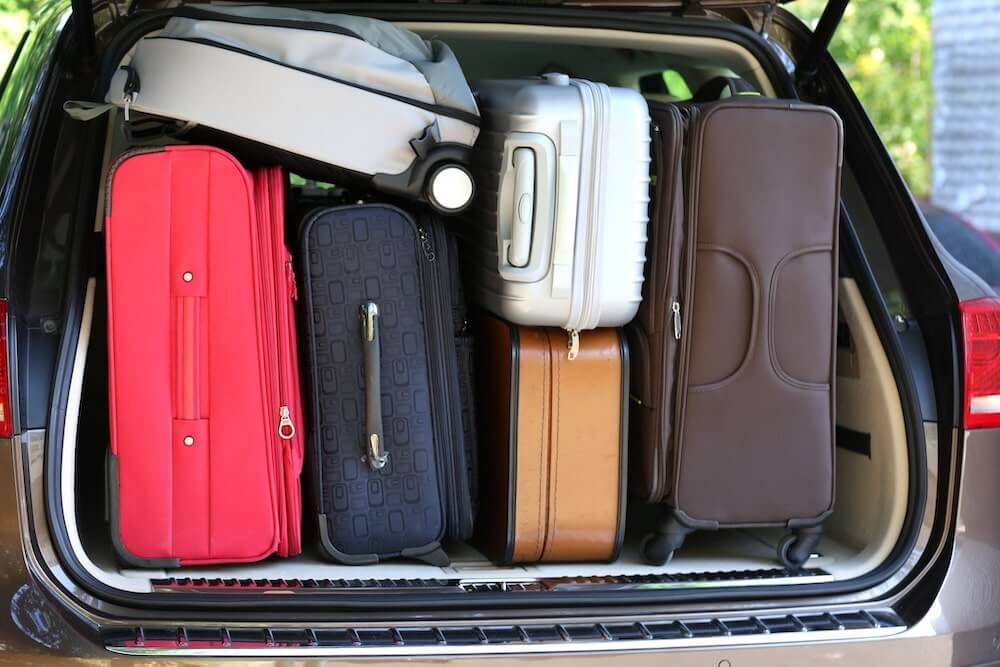
Hiking Trips With Luggage Transfers
Long ago we discovered the many benefits of ditching our luggage and hiking with a lightweight daypack. “The light way is the right way,” became our mantra, and we developed our hiking tours to reflect this philosophy.
We use an intricate transportation system to accomplish this mode of travel. The methods involved often include trains, buses, boats, cable cars, taxis, and vans. In special cases, we might just leave our luggage in one place, and then pick it up few days later.
Every Ryder-Walker tour offers a different scenario and we suggest our guests inquire about the specific tour that interests them. Many of our tours differ in their approach to luggage. The Engadine Trek, like most of our treks, offers luggage transfer every day and the Hiker’s Haute Route self-guided is strictly a back packing trek with no luggage transfers included in the trek price. Many of our trips including the Slovenia Julian Alps Summit Series incorporate a night or two at a rustic mountain retreat, and luggage transfer simply isn’t logistically possible.
Luggage Transfers
Here is a brief look at our various modes of travel. It’s good to know what you’re paying for.
Trains, buses, boats, and cable cars. Oh my! These modes usually apply to our Swiss tours because the Swiss offer a near-perfect solution for baggage transfer. Their state-of–the-art public transportation system allows travelers to ship their bags from almost any destination served by public transport to another within the country. To illustrate, a hiker can present their bags at the Grindelwald rail station and simply request a baggage transfer to Lauterbrunnen. The bags will travel around by train and await the hiker’s retrieval by the end of the day. If a remote mountain pass or a lake lies between the two destinations then Swiss transport officials will choose the appropriate travel mode. Your bag might leave by cable car or boat, then hop on a bus or train. Our guides handle these logistics behind the scenes of a guided tour. Our hotels or taxi transfer companies usually handle this for our self-guided tours, but there are exceptions. Again, it pays to inquire.
Taxis. We use taxis to shuttle bags through remote locations that lack sophisticated public transport systems. Virtually any region outside of Switzerland falls within this category, though we do use taxis within Switzerland for extremely remote and select cases. Taxis typically offer a cost advantage for large groups covering short distances. They’re also a bit more flexible than public transport. Our Italian Dolomites Trek relies solely on taxis.
Vans. Vans offer the most flexible alternative to the aforementioned modes of transport. We use our own vans in extremely remote locations that either lack public transport or would simply make for a very expensive taxi transfer. Tours that use vans require at least one Ryder-Walker guide or hired driver to drive the vehicle in addition to another guide on the trail. One guide can sometimes pull it off with village-based scenarios, but we usually don’t go there. Our Rocky Mountain High Life: Aspen to Telluride relies on a van to bring luggage around the mountains while clients hike up and over passes.
Luggage Restrictions
The type of baggage you bring on a trek will depend on transfer company restrictions. Common on Ryder-Walker treks are hard-sided and soft-sided suitcases that fall within the standard size of a domestic carry-on 22” x 14” x 9”. Some international airlines require bags to be a bit smaller. Since everyone will also have a back pack/day pack, size does matter – and so does weight. Virtually all of our transfer companies require bags to weigh 50 lbs or less. Many treks limit the number of bags to one per person.
Some treks like the Tour du Mont Blanc have strict restrictions including soft bags only (no hard suitcases), bag weight is limited to 33 lbs, and the bags can’t contain fragile or valuable items.
For those planning additional travel beyond their trek, and may need multiple bags we recommend bag storage options (listed below).
Bag Storage
This doesn’t represent a mode of travel, but it’s worth mentioning because it involves luggage. A few of our trips begin and finish at the same location which makes it possible to leave excess baggage during the course of a tour. The Appenzell Hut Hop (for example) works this way as do some of our village-based tours. Our guests can also ship bags ahead and have them waiting at the final destination. This is a good tip to know for guests that don’t like packing and repacking a bunch of stuff every day.
This is also great for extended journeys through Europe. Leave the excess souvenirs behind, and enjoy an unencumbered hiking tour.


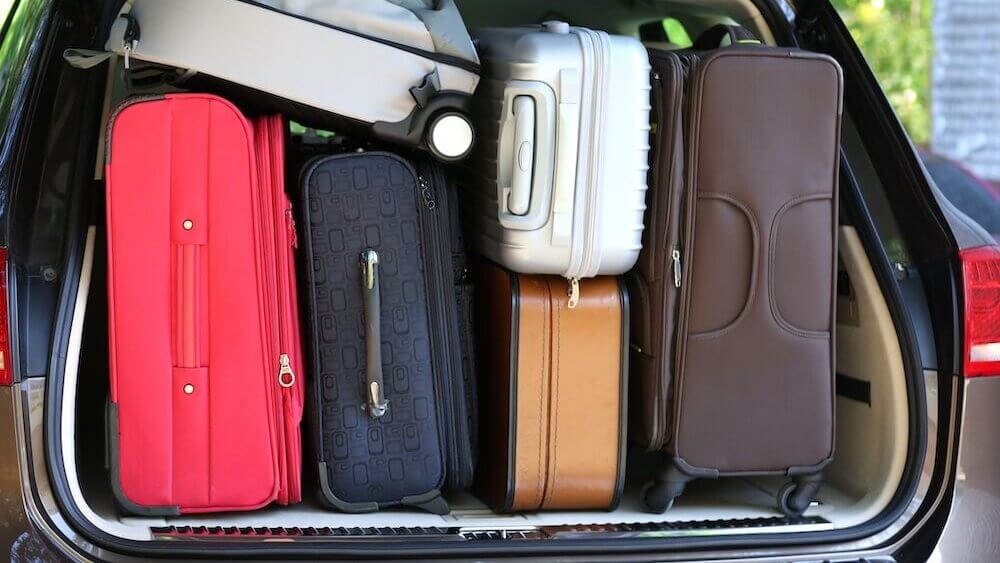




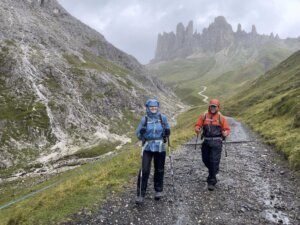



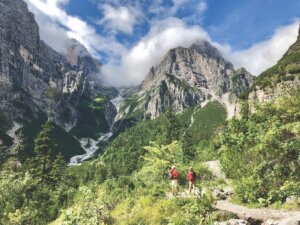
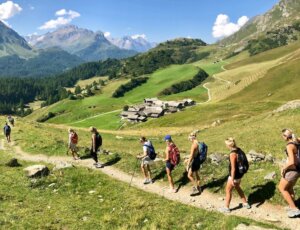









Comments are closed.